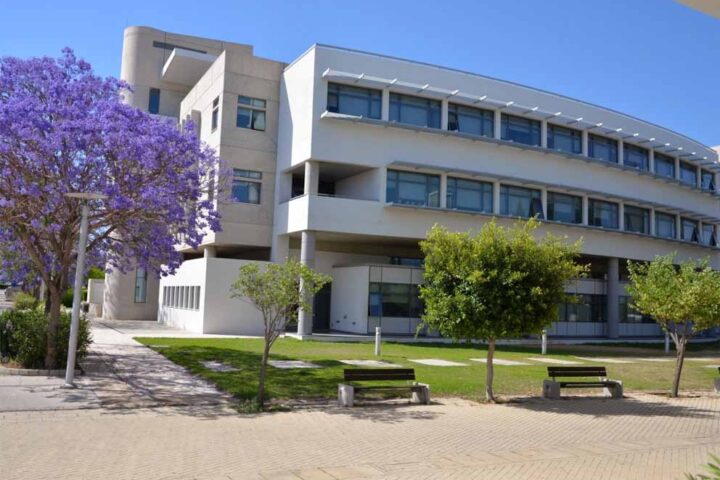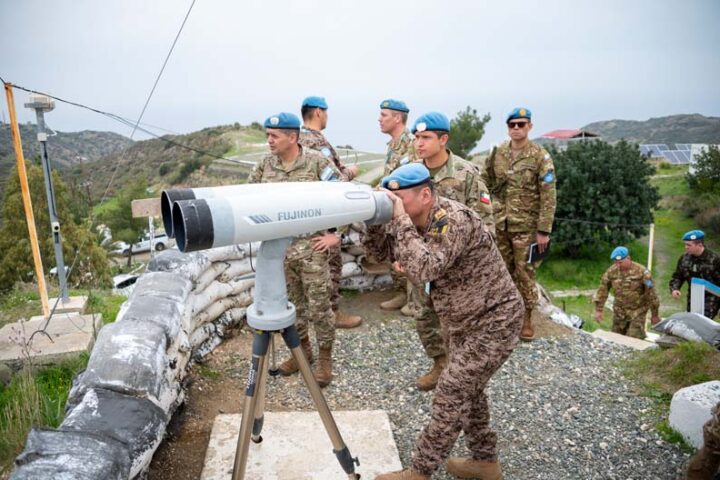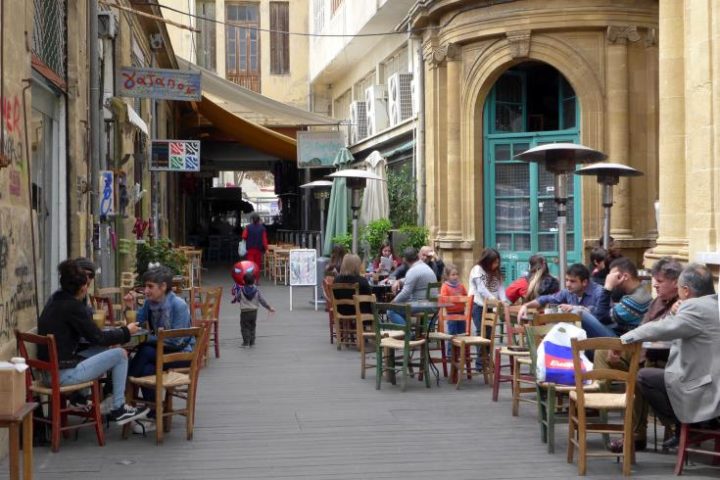Iran began fuelling its first nuclear power plant on Saturday, a potent symbol of its growing regional sway and rejection of international sanctions designed to prevent it building a nuclear bomb.
Iranian television showed live pictures of Iran's nuclear chief Ali Akbar Salehi and his Russian counterpart watching a fuel rod assembly being prepared for insertion into the reactor near the Gulf city of Bushehr.
“Despite all the pressures, sanctions and hardships imposed by Western nations, we are now witnessing the start-up of the largest symbol of Iran's peaceful nuclear activities,” Salehi told a news conference afterwards.
Iranian officials said it would take two to three months before the plant starts producing electricity and would generate 1,000 megawatts once it reaches full power.
Russia designed, built and will supply fuel for Bushehr, taking back spent rods which could be used to make weapons-grade plutonium in order to ease nuclear proliferation concerns.
Saturday's ceremony comes after decades of delays building the plant, work on which was initially started by German company Siemens in the 1970s, before Iran's Islamic Revolution.
The United States criticised Moscow earlier this year for pushing ahead with Bushehr given persistent Iranian defiance over its nuclear programme.
Moscow supported a fourth U.N. Security Council resolution in June which imposed new sanctions and called for Iran to stop uranium enrichment which, some countries fear, could lead it to obtain nuclear weapons.
The fuelling of Bushehr is a milestone in Iran's path to harness technology which it says will reduce consumption of its abundant fossil fuels, allowing it to export more oil and gas and to prepare for the day when the minerals riches dry up.
Many countries in the oil-rich Gulf region are planning to build nuclear power stations and the Bushehr start-up puts Iran ahead of its Arab rivals across the Gulf.
While most nuclear analysts say Bushehr does not add to any proliferation risk, many countries remain deeply concerned about Iran's uranium enrichment.
It disclosed the existence of a second enrichment plant only last year and announced in February it was enriching uranium to a level of 20%, from about 3.5% previously, taking it closer to weapons-grade levels and well above what is needed to fuel a power plant.







